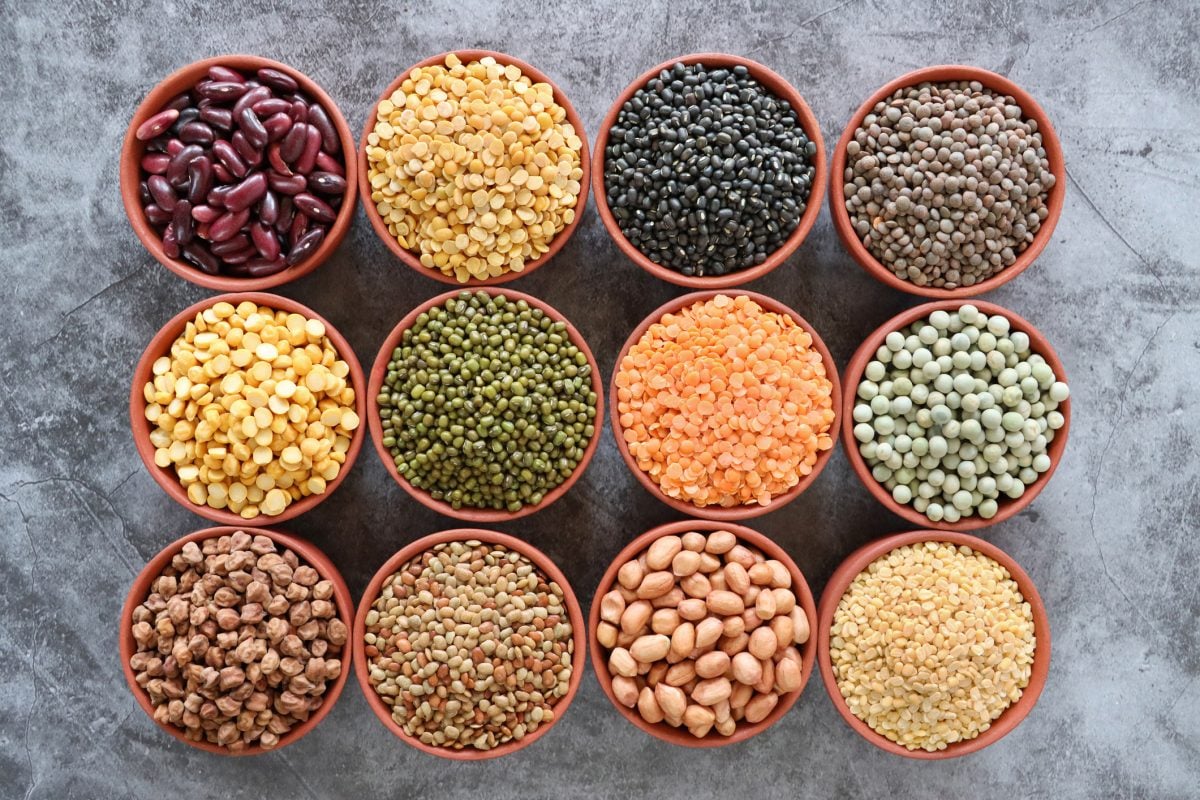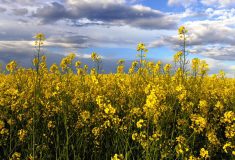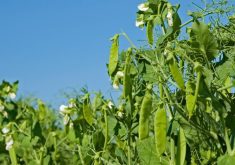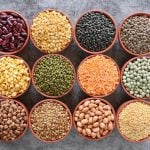MarketsFarm — Western Canadian chickpea prices are still on the rise while prices for other pulse crops are coming down as supply increases.
High-delivered bids for Kabuli and B-90 types of chickpeas rose four cents per pound over the past week, according to Prairie Ag Hotwire on Jan. 23. As a result, the nine- and 10-millimetre Kabuli varieties saw their high-delivered bids increase to 60 and 60.5 cents/lb., respectively. The seven mm variety and the B-90s were at 45 cents/lb., while the eight-mm Kabulis were at 58 cents/lb. Only Desi chickpea prices held steady with a high-delivered bid of 35 cents/lb.
Read Also

Pulse Weekly: SPG looks back at harvest, ahead to trade
Saskatchewan Pulse Growers executive director Carl Potts said this year’s harvest had strong yields as the organization now works on international trade.
Colin Young, manager of Mid-West Grain Ltd. at Moose Jaw, Sask., partly attributed the recent rally in chickpea prices to the awarding of tenders by the United Nations’ World Food Programme (WFP).
However, he also said markets are quiet while they await India’s upcoming harvest, which “tends to happen in March. The export community is very much watching and seeing what India is going to do with its production.
“Prices are high and buyers aren’t super eager to load up on inventory. They’re hoping that India comes to the market with aggressive pricing. But all of that has yet to be determined.”
At the same time India starts its chickpea harvest, Young predicts there will be additional chickpea acres in Western Canada. Agriculture and Agri-Food Canada on Friday released its monthly supply and demand report, projecting 2023-24 seeded chickpea area at about 259,500 acres, which would be up 10.5 per cent from 2022-23.
“Where I sit, I think chickpeas will be up, but up modestly in Canada,” he said, adding that typical chickpea area in Canada has been around 225,000 acres. “We’ll probably see that much, likely more.”
Unlike other commodities in Western Canada, most chickpea prices have risen over the past year. Kabuli and B-90 chickpeas are priced 10-13 cents/lb. higher, while Desis have declined by 15 cents/lb. Young explained that western Canadian chickpea prices are largely dictated by supplies in traditional chickpea-growing nations such as India, Turkey, Russia and Argentina.
“What we really saw over the past year is a high degree of competition for acres, resulting in acres staying low. Then we had our well-publicized drought two crops ago,” Young said. “Consequently, right now, we’re sitting with the lowest global stocks of chickpeas we’ve had in five years.”
However, he predicts the current high prices for chickpeas will not last very long.
“Our competing countries are likely to increase chickpea plantings and probably will sell cheaper than today’s values,” he said. “I personally feel that next year, chickpea prices will not be as high as this year.”
— Adam Peleshaty reports for MarketsFarm from Stonewall, Man.
















